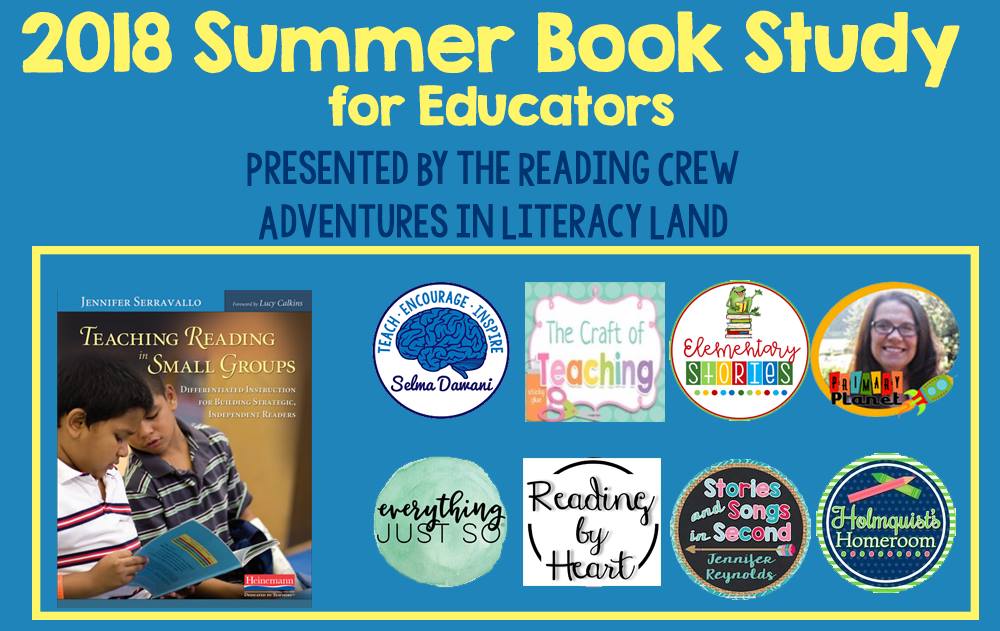I leveled up!
This is a phrase that my pre-teen son used to exclaim with glee when he had successfully completed a level in his favorite video game.
I am stuck, Mom! Can you come help me!
This was also a phrase my pre-teen son used to utter with impatience when he just could not get past a difficult stage of his game.

From Striving to Thriving ch 7 - Assessments
I've found that there are usually two mindsets teachers have about reading assessments. The first is that while these assessments are necessary, they take away from instructional time and do not give any new information about the student. This is the, "I could have told you that!" thinking.
The second mindset thinks of assessments as providing guidance for instruction. Assessments should be formative, not summative, and provide information to help that helps us move out students forwards. This is the assessment mindset that most benefits our striving readers. We need all the information we can get to help them be successful and in this chapter, Stephanie Harvey and Annie Ward provide us with a different - broader way - of thinking about assessments.

TEACHING READING IN SMALL GROUPS: Reading With Fluency and Expression
- small group shared reading
- warm-up and transfer groups and
- performance clubs.
Jennifer Serravallo imagines both. She shows us how in this chapter on Fluency.

From Striving to Thriving: Chapter 6
“We want all of our kids to become confident, thinking-intensive readers who build knowledge as they go.”
This quote is a great summary of Chapter 6. The focus of Chapter 6 is built around eight action steps to building thinking skills in all students.
1) Teach comprehension strategies explicitily.
2) Teach with the Gradual Release of Responsibility framework
3) Use interactive read-alouds
4) Build fluency, comprehension, and confidence
5) Attend to signposts: text features, graphic features, and signal words and phrases
6) Teach with images, videos, graphics, and artifacts
7) Engage kids in temporary, flexible, needs-based small group instruction and small- group work.
8) Share pathways to understanding through digital reading, listening, and viewing.
For this blog post, I really want to focus on teaching comprehension explicitly and using interactive read-alouds.

Teaching Reading in Small Groups: Improving Partnerships and Clubs
If you’re just joining the summer Book Study, we’re up to Chapter Five in our book, “Teaching Reading in Small Groups.” Jennifer Serravallo’s text shares strategies for differentiating instruction through the use of small groups. In Chapter Five, Jennifer shares how small group instruction can be used to improve students’ work during reading partnerships and clubs.

From Striving to Thriving: Book Match Relentlessly!
You've seen those students in your classroom - the ones who roam around looking for the "perfect book" to read. They pick up the ones that everyone else is reading, but you know they can't read them. Then they get frustrated because they just can't seem to find a good fit book. Anger sets in because they know they can't read and do what everyone else is doing. What do you do?
Now that we have gained trust with our students, it's time to teach them how to find and enjoy reading at a whole new level! Though this chapter seemed like a "no-brainer" for me, I realized I had been book matching all wrong. Find out the BEST ways to get the right books in your students' hands!
Now that we have gained trust with our students, it's time to teach them how to find and enjoy reading at a whole new level! Though this chapter seemed like a "no-brainer" for me, I realized I had been book matching all wrong. Find out the BEST ways to get the right books in your students' hands!

Teaching Reading in Small Groups Ch.4 Strategy Lessons
The official title of Chapter 4 is Guided Practice Toward Independence: Strategy Lessons for Comprehension, Print Work, and Fluency.
To start this chapter Jennifer Serravallo talks about learning to be a clown for a high school production. She chooses to be a plate spinning clown, which is a perfect way of thinking about teaching children in strategy groups (or really teaching in general if you think about it!) You have to get one plate spinning on its own before you can move on to the next. Then, you have to go back periodically and give the plate a bit of a spin to keep it moving independently. You teach (spinning originally), Assess (go to check to see if it is still spinning) and then reinforce (give that plate another little spin to keep it going). Hence, Strategy Lessons. These are the With (or coaching) part of teaching students independence. You've got to keep them spinning if you want them to stay up!

FROM STRIVING TO THRIVING: CHAPTER 4 "PUMP UP THE READING VOLUME"
"The best intervention is a good book."
READING MAKES READERS
Volume reading is crucial to transforming striving readers into thriving readers, say Stephanie Harvey and Annie Ward. They believe that voluminous, pleasurable reading is the key to literacy development. In this post we'll look at Chapter Four, "Pump Up the Reading Volume." The authors discuss how voluminous reading changes lives, reasons to add more reading to our day, how to build in more reading time, and review the research.
Subscribe to:
Posts (Atom)












